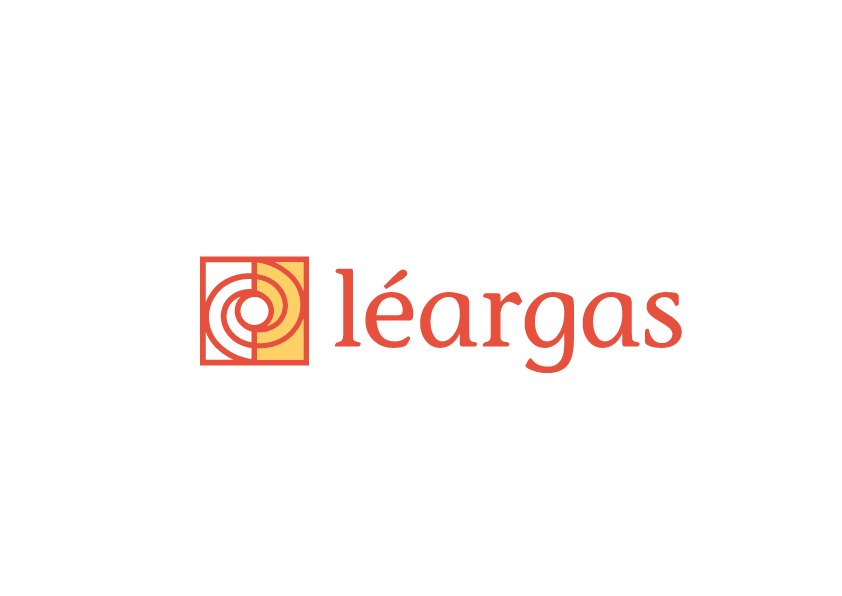Dissemination in general is a planned process of providing information to the target groups and key actors in regard to project process, activities and results by the use of different dissemination channels at local, regional, national, EU and international level.
Objectives
The main objectives of the Dissemination activities are to:
- Promote and raise awareness about the project results.
- Successfully transfer the results to appropriate decision-makers to achieve their sustainable promotion and support.
- Convince individual end-users to adopt and/or apply the results, also after the project and support by its partnership has ended.
WP5 objectives are linked with the Project Objective:
O5. encourage and enable teachers and school leaders to improve both their pedagogical and their organisational practices concurrently through outreach activities at local and European level.
The project includes both dissemination and outreach activities, which are very closely linked. The outreach activities, which go beyond dissemination activities, aim at adapting existing results to other beneficiaries or systems than those for which they were originally designed.
The Consortium is already considering outreach activities, for example adapting the project results for use at lower secondary school level, and we have already discussed the possibilities of parallel piloting of the project results in eTwinning projects to be developed for this purpose.
Main Results
- Visual Branding
- The project website where there is all the information about the project for anyone interested.
- The visual identity of the project that consist of the logo (including acronym and image) and document templates that is used depending on the occasion.
- Dissemination Report. There are two types of results in terms of written dissemination material:
- Newsletter every trimester (8 in total) and Press Releases on a case by case basis, when there is some important news or development that is worth sharing with the target groups.
- Academic presentations (papers, workshops, posters) or publications in scientific journals. There is a survey on what media the project stakeholders use both online and offline for their professional development, as well as their social media preferences.
- An eTwinning project space is created to attract as many teachers as possible.
- The project created LinkedIn and Twitter accounts as they were deemed more relevant, but are re-evaluated on the basis of feedback from the target groups.
- The project organise various events of different types and for different audiences:
- Infodays withing the partner organisation.
- MIRACLE Multiplier Events during the last semester of the project timeline to engage with stakeholders at European and international level.
- Infodays withing the partner organisation.



